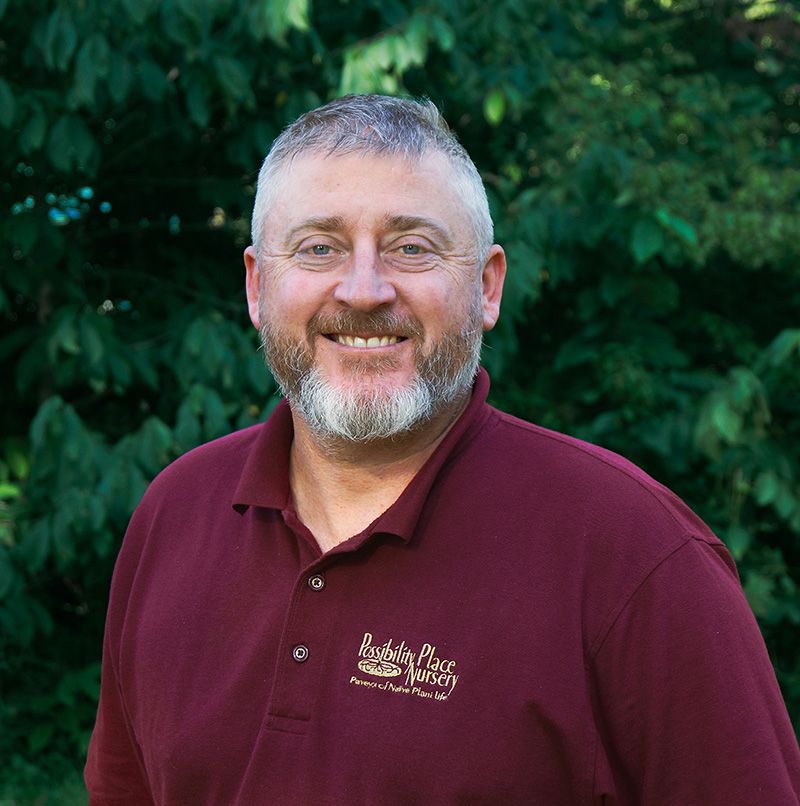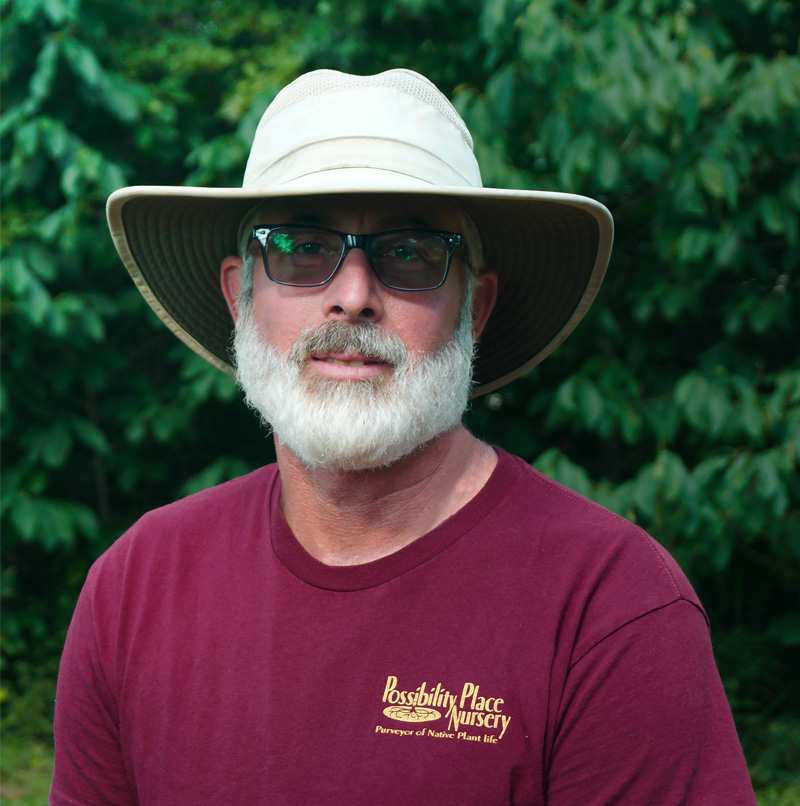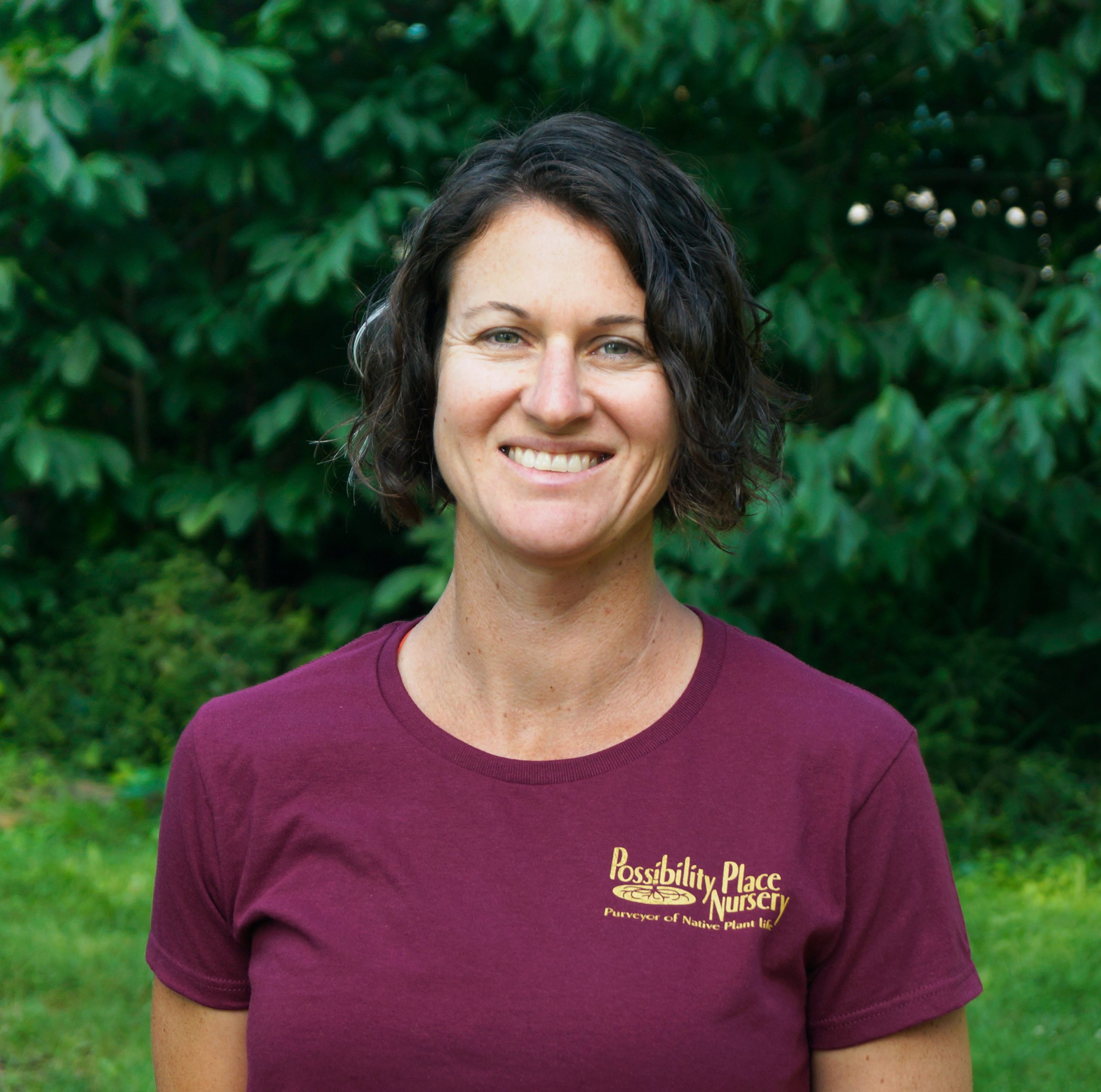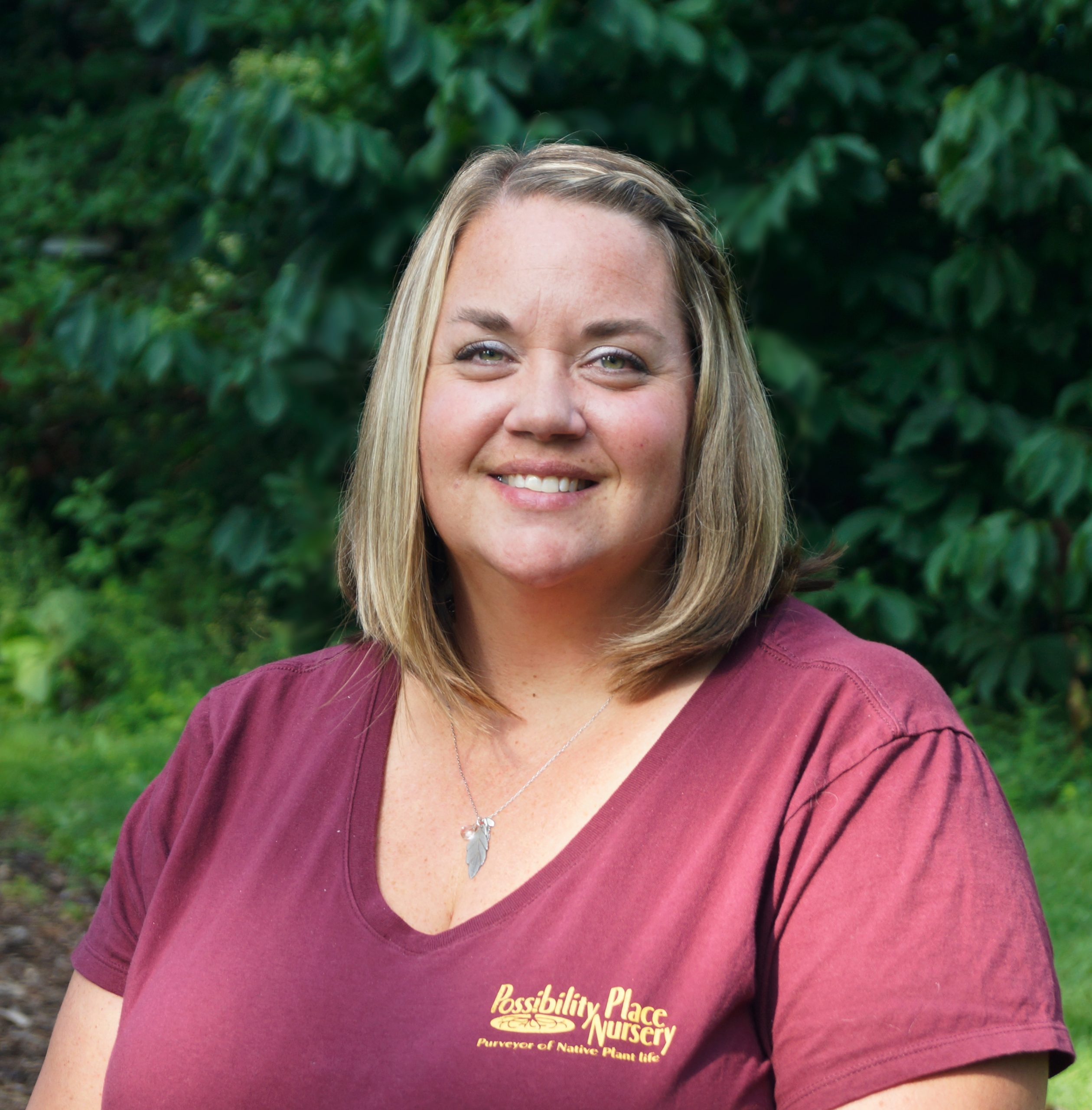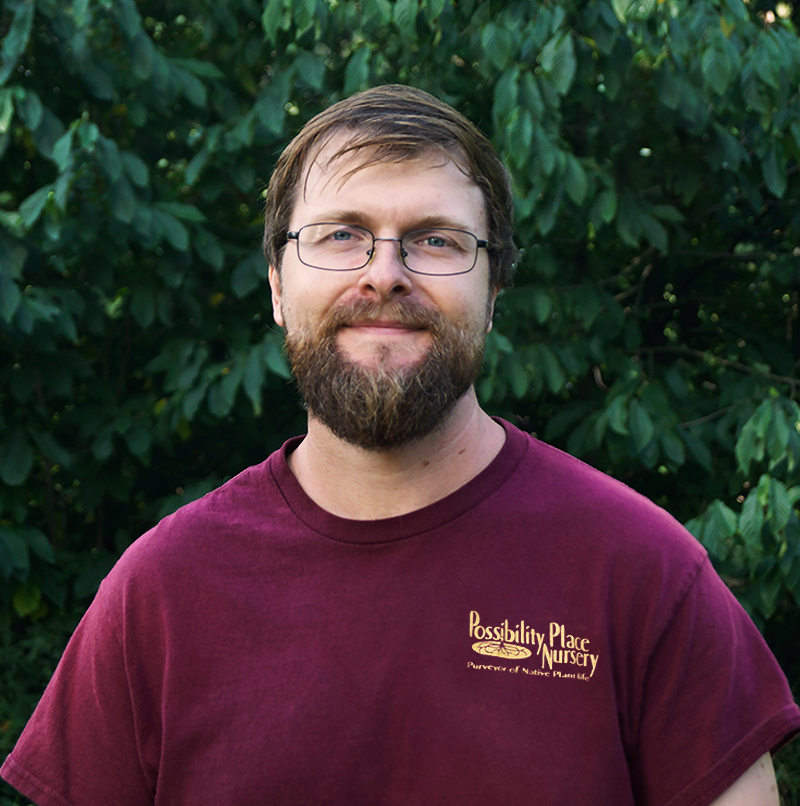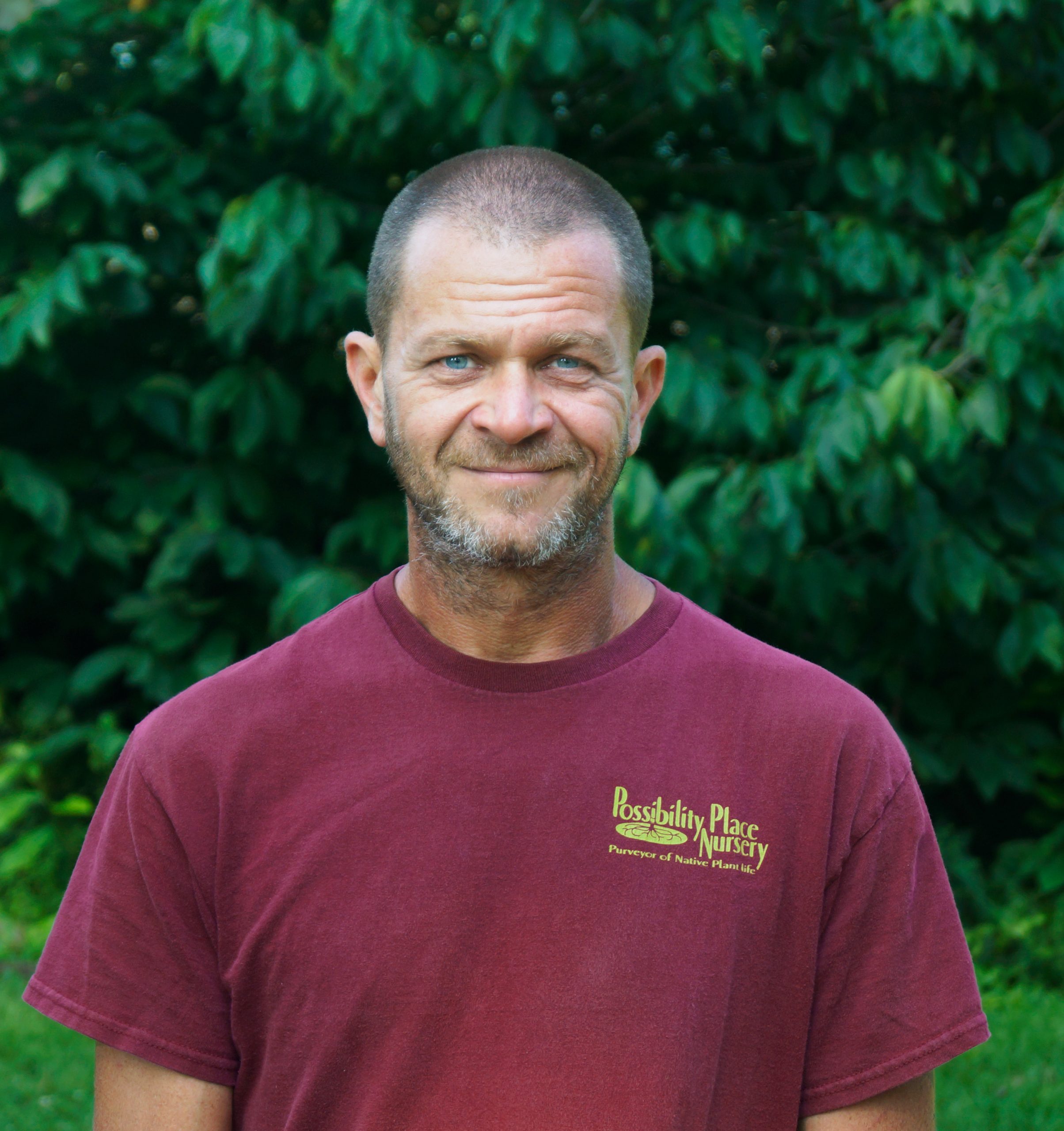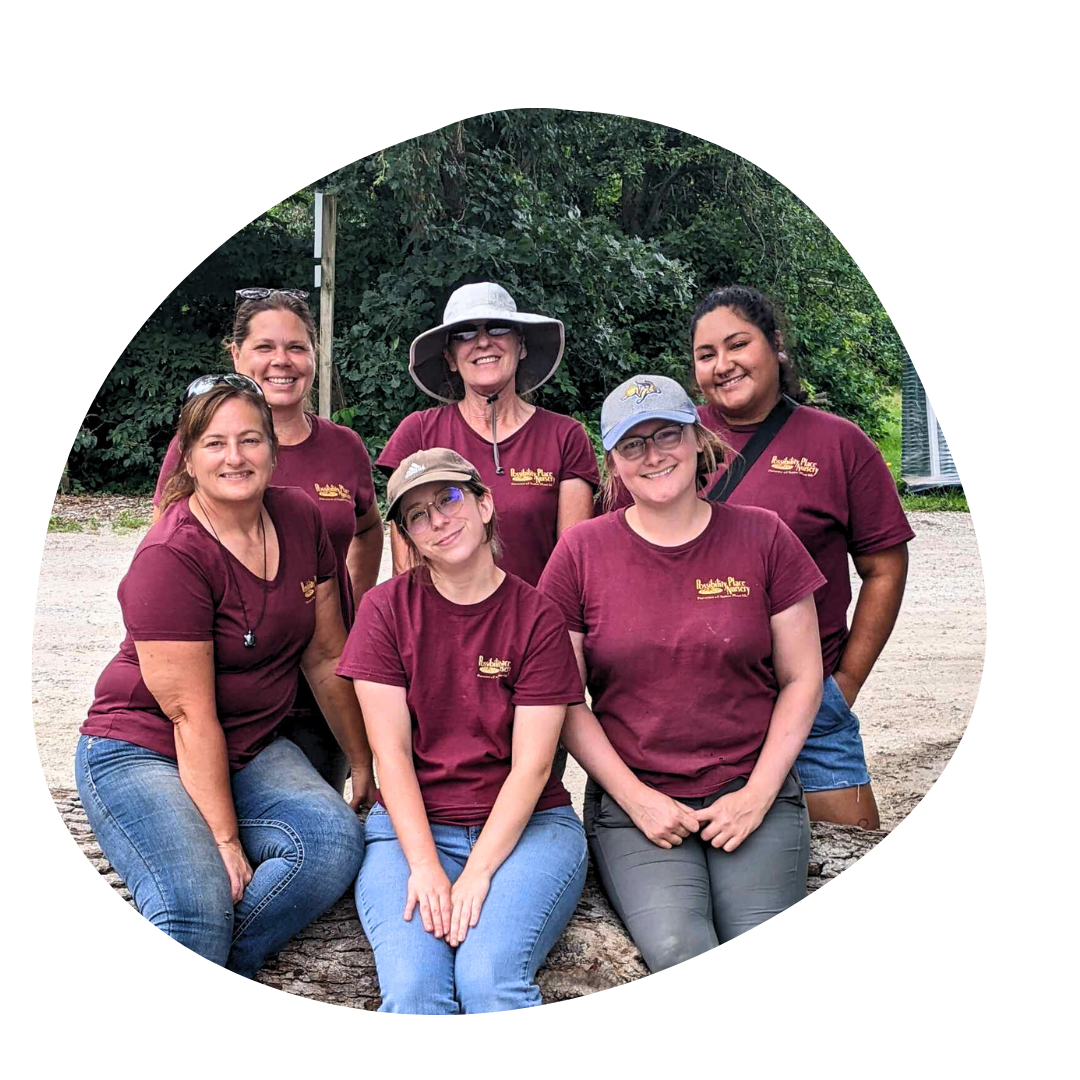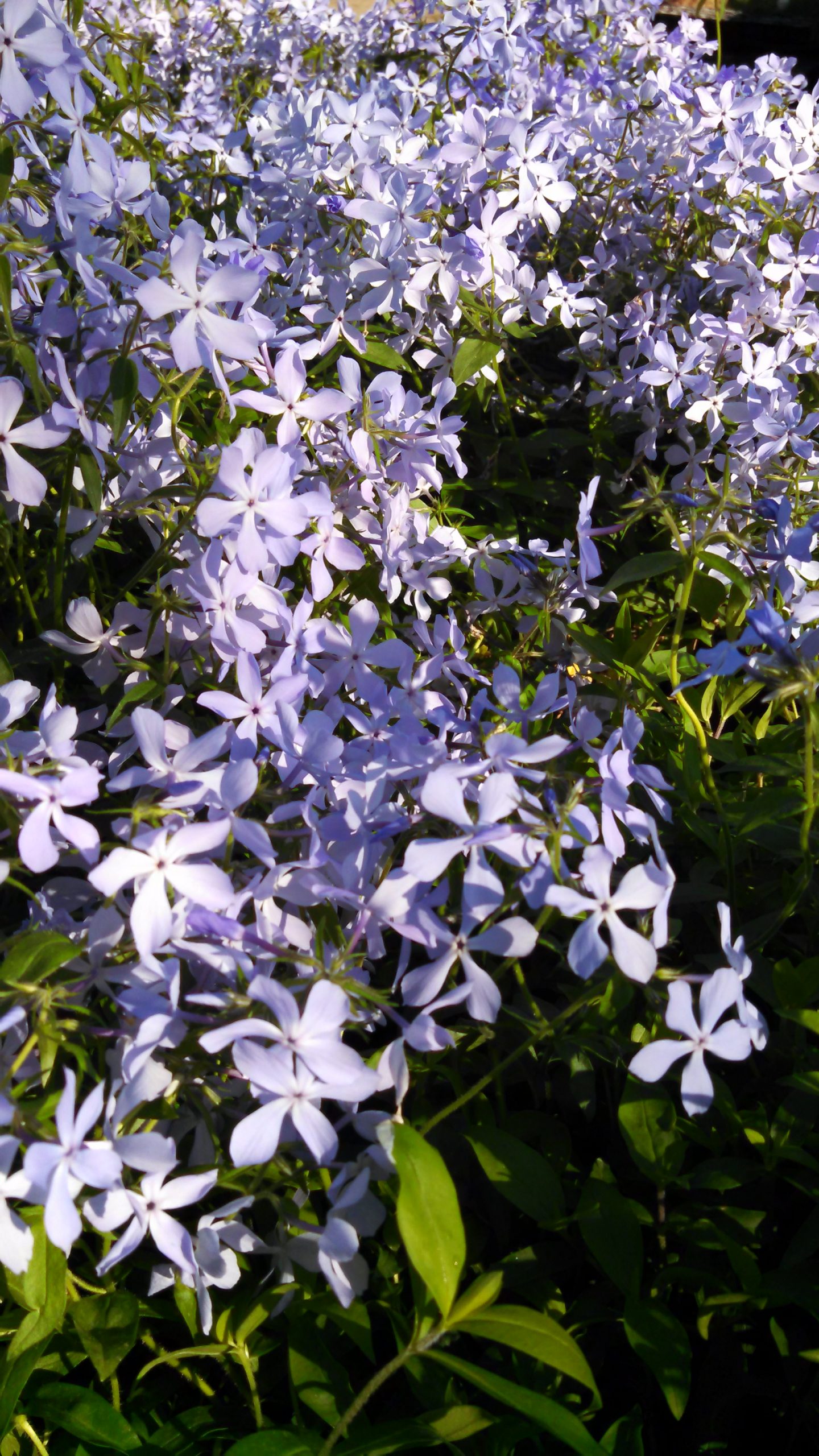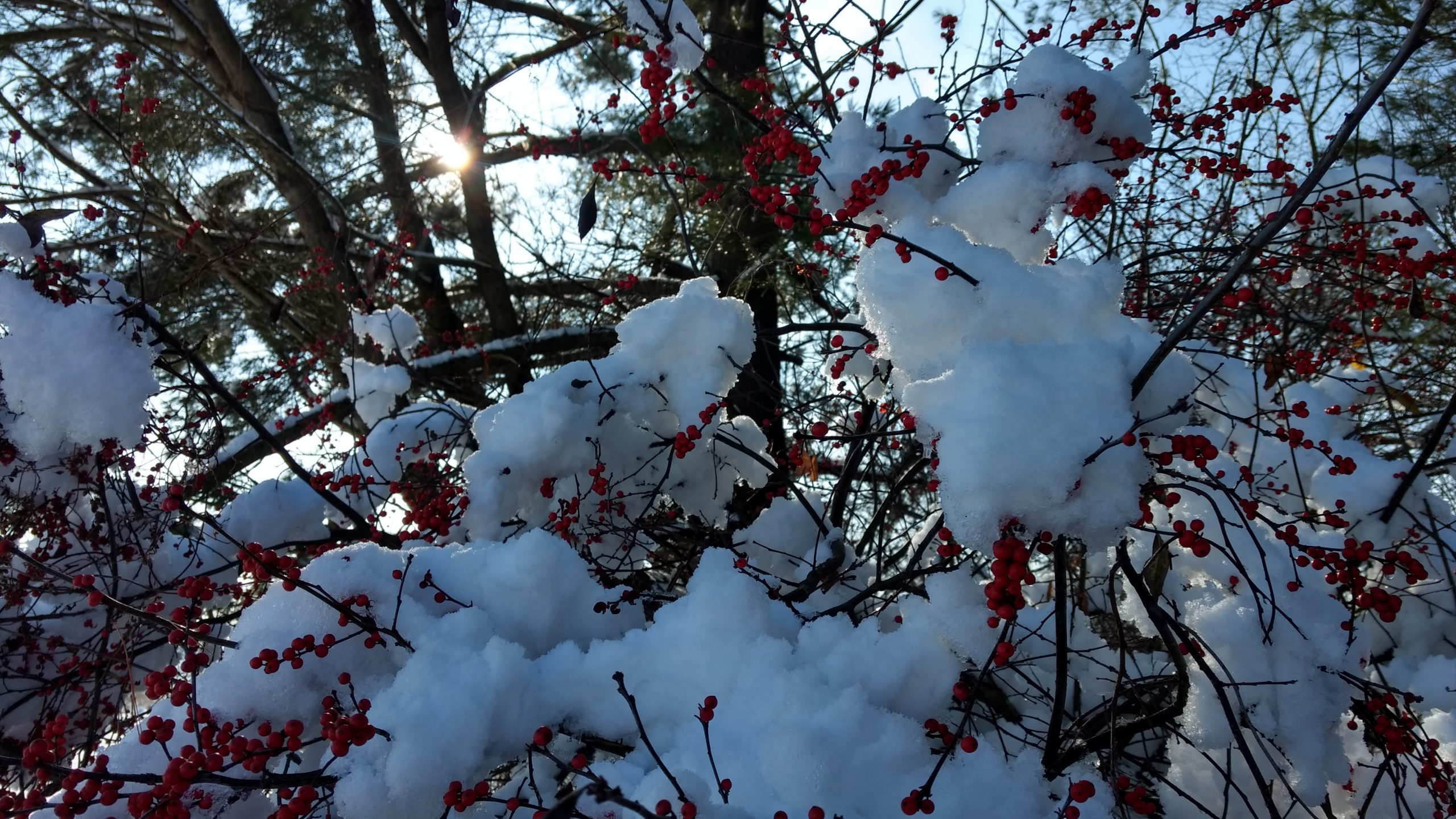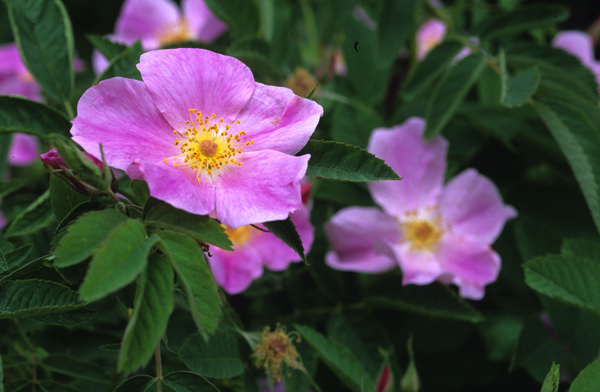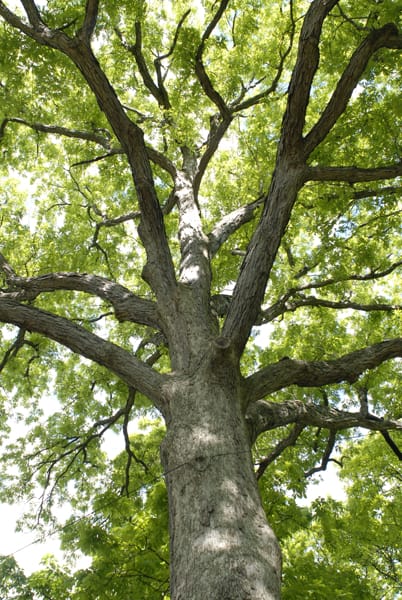Since 1983
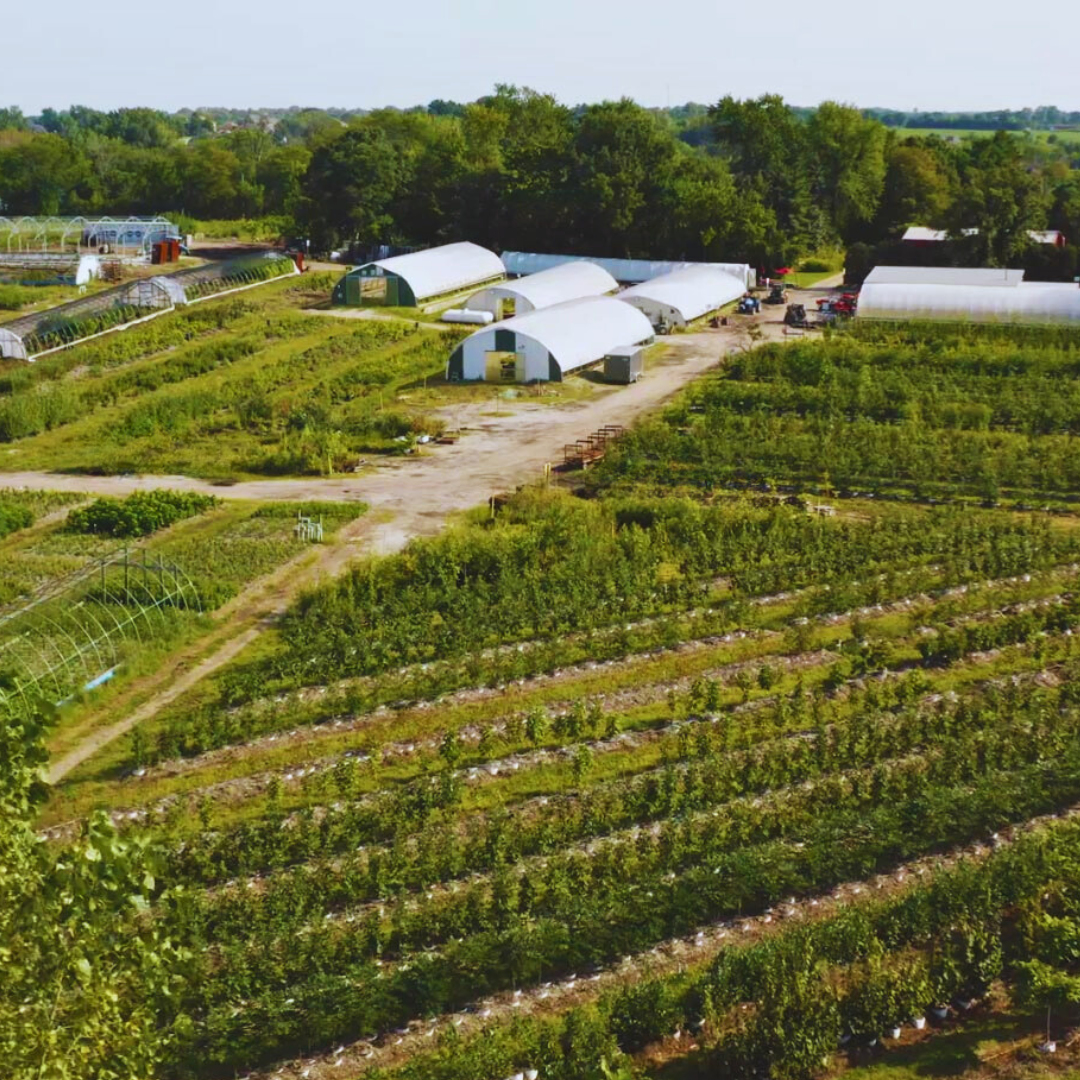
Envrionmentally focused.
Ecologically minded.
We grow native plants to help communities and individuals increase biodiversity and improve ecological function of their natural spaces, from vast wild areas to small back yards.
READ OUR STORYOur Founder
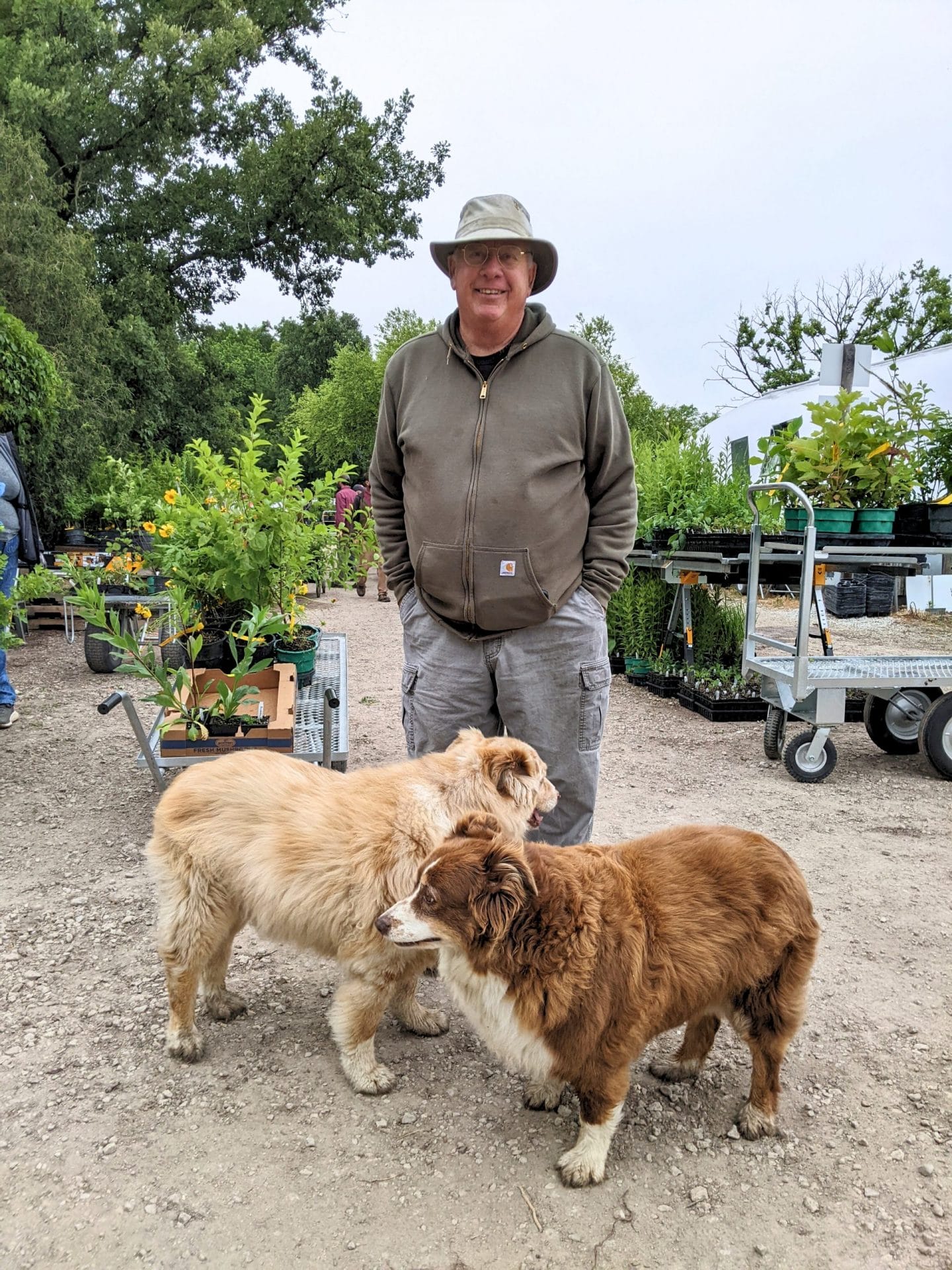
Connor Shaw
Connor Shaw founded this nursery in 1983. Starting with traditional balled and burlapped growing methods and common landscaping species, as the company grew, he came to the realization that he wanted to do something other than grow the standard plant species. He wanted to grow something unique that contributed to improvement of biodiversity and function in our local ecosystems. He had no idea that his love of native plants was shared by so many people.
After a lifetime of growing, selling, and speaking out for native plants, Connor has retired from day to day operations at the nursery. Connor has a B.S. in Forest Hydrology and a M.S. in Hydrology. During his first 10 years out of graduate school, he wrote environmental reports on zone changes in the Chicago area. Connor has taught numerous classes and seminars on native plants and nursery production, and has written several articles for various publications.

Services We Provide at Possibility Place
-
 Wholesale and In-House Retail Sales
Wholesale and In-House Retail Sales -
 Online Retail Sales
Online Retail Sales -
 Contract Growing
Contract Growing -
 Consulting and Design Assistance
Consulting and Design Assistance -
 Order Pick-up & In-House Deliveries
Order Pick-up & In-House Deliveries -
 Speaking Engagements
Speaking Engagements
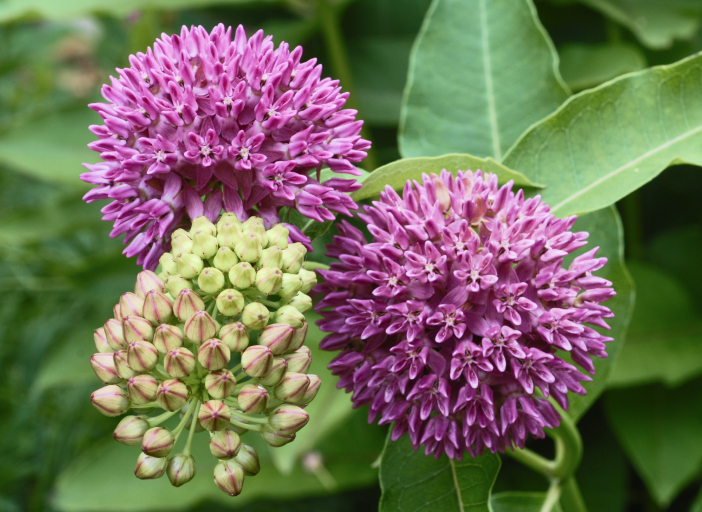
Interested in Joining Our Team?
Check available positions at Possibility Place and apply today!
VIEW CURRENT OPENINGSNative Plant Insights From Possibility Place Nursery
Visit our Learning Hub to find out more about our plants
